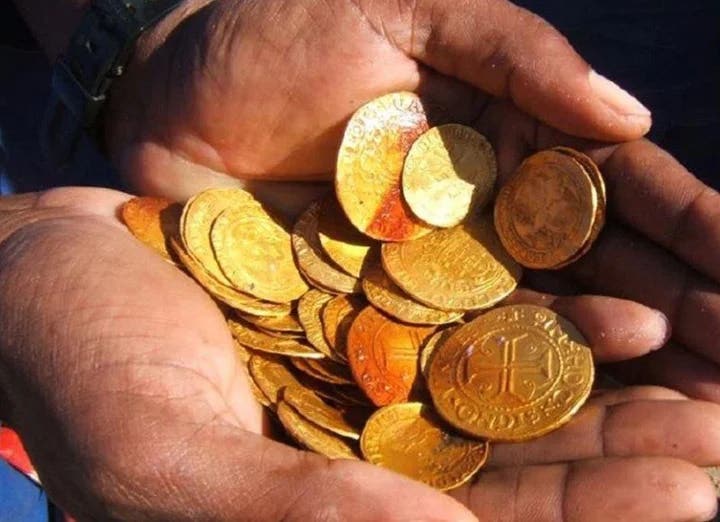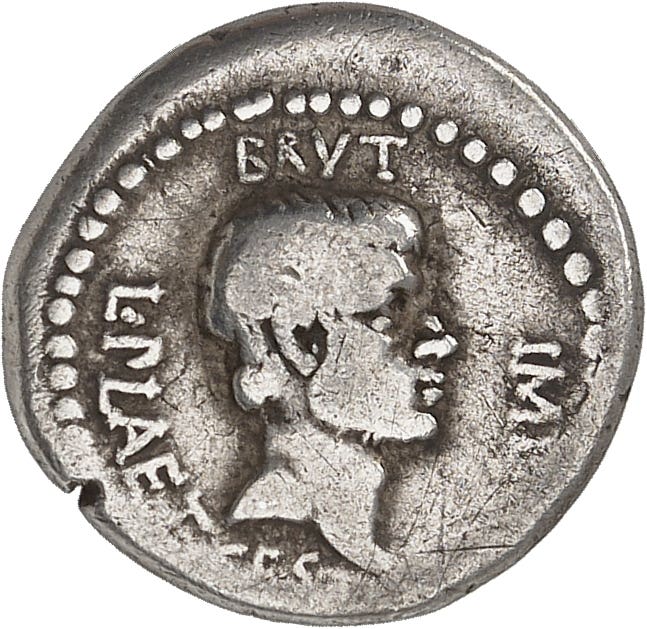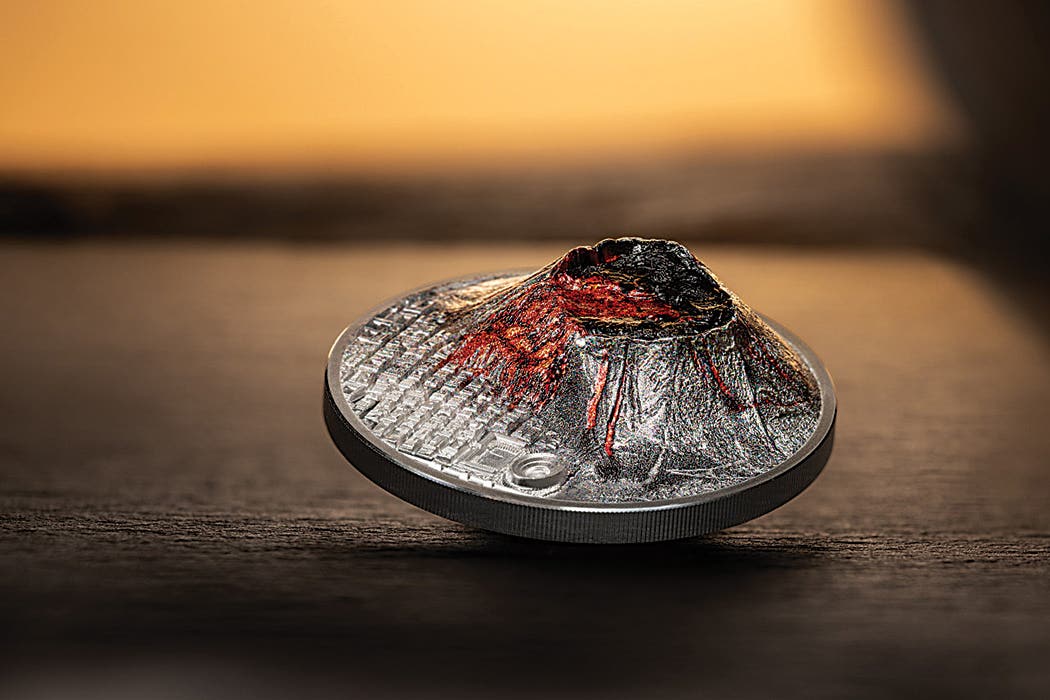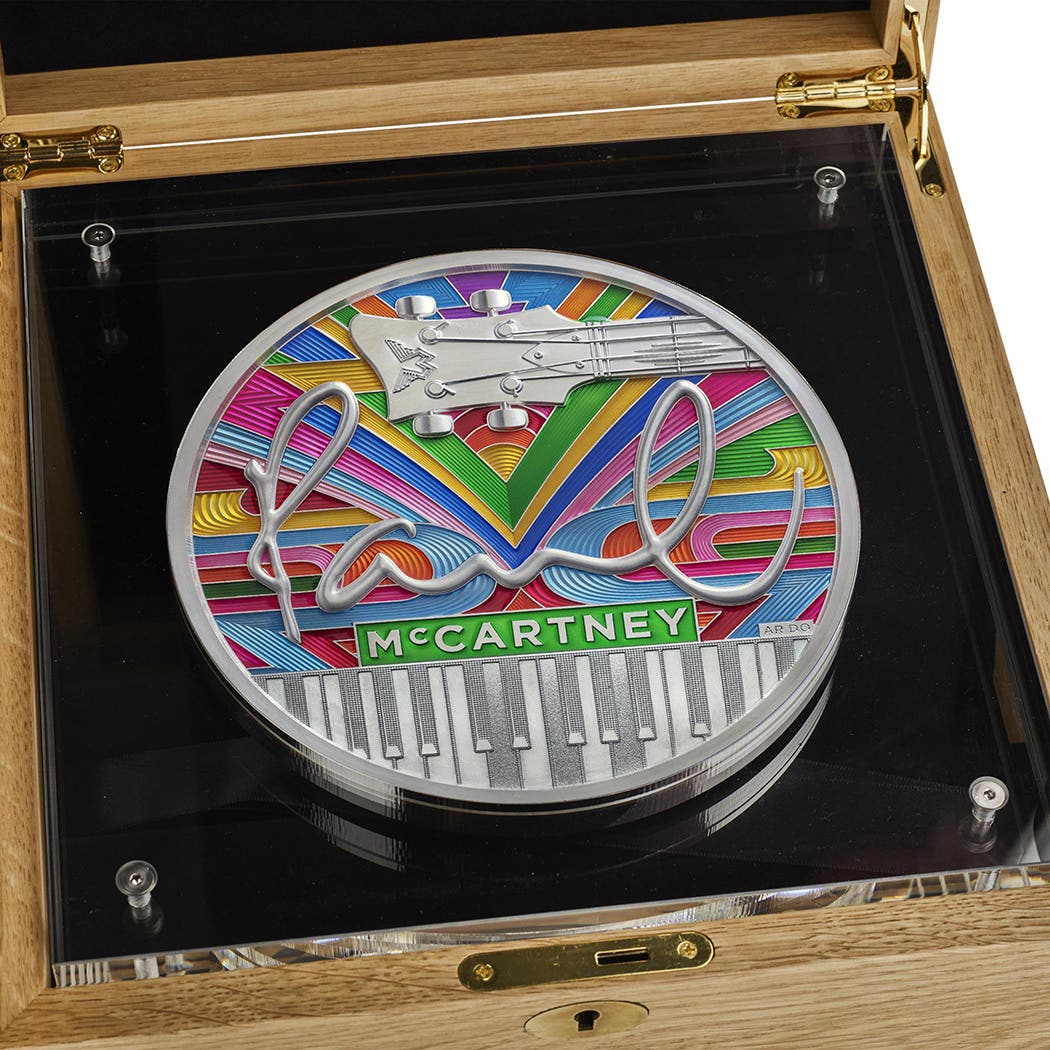A Miracle Hoard: 2,100-Year-Old Coins Unearthed in Jordan Valley During Hanukkah
Archaeologists uncover 160 ancient Hasmonean-era coins, shedding light on Jewish history and tradition.
Archaeologists from the University of Haifa have uncovered a significant hoard of approximately 160 coins dating back to the Hasmonean period, around 2,100 years ago. This discovery was made during excavations in the Jordan Valley. The discovery coincided with the Hanukkah holiday, leading researchers to describe it as an "archaeological Hanukkah miracle."
On Friday, December 27, Dr. Yoav Farhi, an archaeological team member and ancient coin specialist, brought some festive humor to the excavation site. He arrived with gold foil-wrapped chocolate coins, a popular Hanukkah treat, and distributed them to the team. Farhi joked, “This is to help us find some real coins today.”
Amazingly, the team uncovered the 2,100-year-old Hasmonean coin hoard just a few hours later. Dr. Shai Bar of the University of Haifa’s Zinman Institute of Archaeology stated, "It is really a rare moment to discover so many coins." He highlighted the coincidence of the timing, blending the discovery's excitement with the holiday's festive spirit. The lighthearted moment tied the modern Hanukkah tradition to the ancient coins they unearthed, highlighting the connection between past and present.
Discovery Details
The coins were found at a site that is thought to have served as a waypoint for travelers. The excavation is situated along the ancient route of Nahal Tirzah, which ascends to the Alexandrion Fortress near Jericho. The fortress was constructed by King Alexander Jannaeus, the grandson of a leader from the famous Hasmonean family, known for their role in Jewish history. The site includes a mikveh (ritual bath), a water reservoir, and additional structures believed to have supported travelers along this significant route.
The hoard consists of bronze prutot, small denomination coins minted during the reign of King Alexander Jannaeus (104–76 BCE). One side features an anchor with a Greek inscription that translates to “Coin of King Alexander.” The other side has an eight-pointed star with an Aramaic inscription reading, “King Alexander Year 25.” Most of the coins were of a similar type. They were found next to a collapsed wall in the food preparation area of a building. It was likely that the coins had been stored in a leather pouch or another perishable type of container that had long since deteriorated.
While such hoards are often associated with attempts to safeguard valuables during periods of conflict or instability, Dr. Bar said, “The question of deposition intent is very hard to answer in archaeology.” He went on to say that it was also possible that it wasn’t hidden at all and could have been part of a cash desk for food merchants. Further analysis and study of the coins and their archaeological context are expected to provide a deeper understanding of their origin and the circumstances leading to their concealment.
The Significance of the Find
The Hasmonean dynasty, established in the 2nd century BCE, represents a period of Jewish autonomy following the Maccabean Revolt against Seleucid rule. Discoveries like this provide tangible connections to that era and offer insights into ancient Judea's political and economic landscape.
Finding such a substantial hoard in a single location is rare, suggesting the area may have been of considerable significance during the Hasmonean period. The proximity to the Alexandrion Fortress indicates potential strategic or economic importance.
The Next Steps
According to Dr. Bar, "It was clear from the first moment that the coins were a distinct find.” He noted that the coins will now be cleaned, photographed, cataloged, and examined, adding, "It's clear an article will come out of this.” Excavation of the site and investigation of the cultural artifacts are ongoing.
You may also like:
Kele Johnson is the Editor of Kovels Antique Trader magazine and the Digital Content Editor of Active Interest Media's Collectibles Group. Her captivation with collectibles began at a young age while dusting her mother’s McCoy pottery collection. She admits to a fondness for mid-century ceramics, uranium glass, and ancient coin hoards. Kele has a degree in archaeology and has been researching, writing, and editing in the collectibles field for many years. Reach her at kelejohnson@aimmedia.com.






